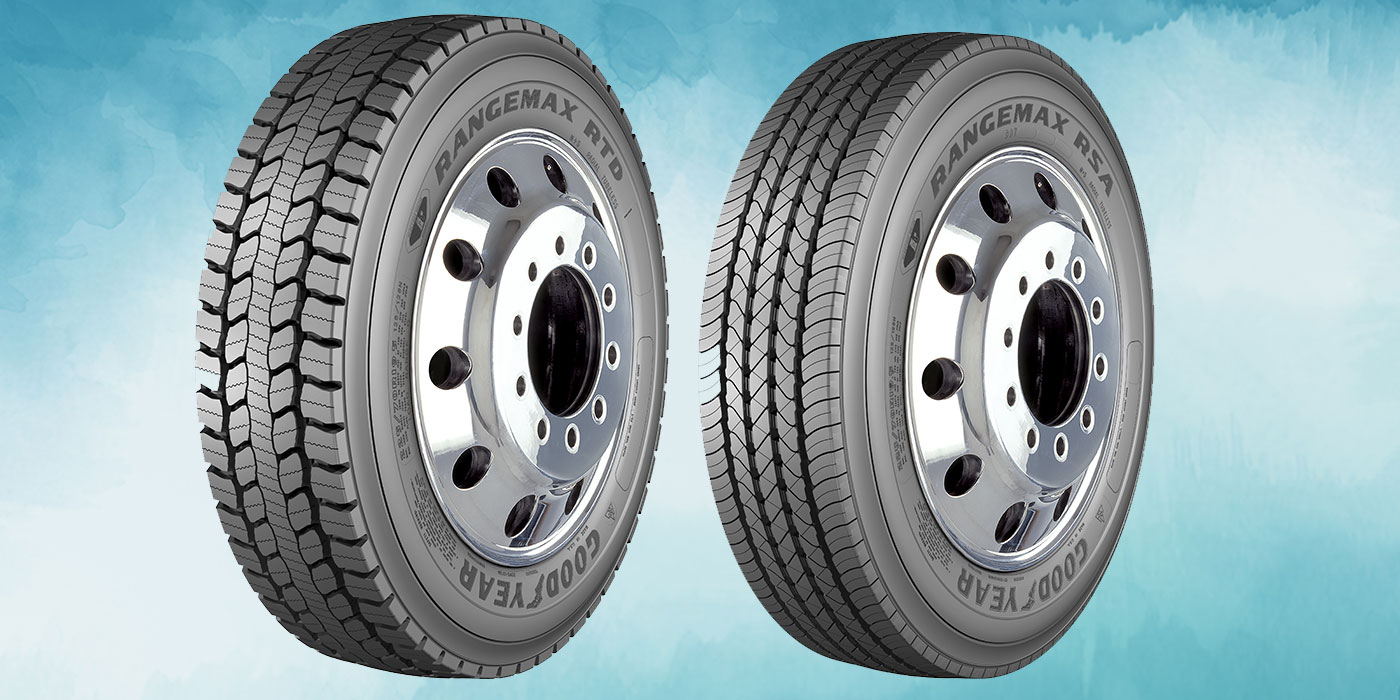Scrap Tire Analysis May Reveal New Ways to Reduce Costs
With the thought of stepping away from the trees to view the beauty of the entire forest, consider where the most fertile source of information related not only to your tire program, but many other fleet performance and cost driven variables, can be found.
Once you’ve chosen (based on data) new tire brands and tread designs for steer, drive and free-rolling trail axles, contracted with retreaders that offer high quality materials and processing, and have regular tire inspection and inflation maintenance programs in place, what are the next steps to further reduce tire-related operating costs?
Scrap tire analysis would be a logical choice. There’s much to be gleaned from astute observation of tire casings as they leave your customer’s system. Make certain that all of the casings are included in your analysis, especially the RARs (return as received) as classified by your retreader. Make sure to include a fair sampling of tires replaced over the road.
Arguably, every scrap tire can be placed in one of three categories. The first is tires scrapped because of maintenance deficiencies, primarily underinflation, but also because of slow leaking punctures and equipment damage (cuts from mudflap hangers, bent bumpers, broken spring leaves or fairings, etc.).
These issues must be addressed by adjusted maintenance procedures, both in-house and over-the-road (when there are long time intervals between in-house inspections).
Another caution is to recognize that while automatic inflation systems can maintain proper tire pressures, slow leaks, such as nail hole punctures, can remain undetected without visual tire inspections. Any leak, even those automatically compensated for, will lead to eventual tire failure as high pressure air bleeds through the tire casing over time.
The second major reason for a tire to be scrapped includes road hazard cuts, accident or equipment damage and driver abuse. Some of these instances can be avoided by special emphasis on driver training (turning wide, fifth wheel and trailer axle placement) and selecting the optimum tire for the fleet’s service conditions.
Surprisingly, some fleets with urban delivery conditions and/or specialized equipment report that 5% to 15% of their new tires are damaged beyond repair while still running on their original treads. Pure linehaul fleets should have lower damage rates, but monitoring may lower replacement frequency and costs, especially emergency purchases.
A third category includes warranty performance deficiencies. The most obvious of these would be workmanship/materials defects, but may extend to mileage shortfalls, extra service/maintenance (multiple wheel end rotations necessary to avoid early takeoffs), or casing RARs. Remember that you will likely need hard data comparisons vs. competitive tires, preferably on comparable equipment, to present a credible claim to suppliers.
Comparing Results
Many caveats apply to the above classifications. Soliciting the advice of qualified tire field engineers and talking with some seasoned commercial tire peers can usually help in data sorting. For example, what might first appear as a new tire or retreader-caused defect may simply be the result of misapplication, or an ill-fated marriage of tire and vehicle for the service conditions.
Road surfaces and frequency/severity of turns are key variables in the tire selection process. Highly maneuverable 55-degree wheel cut trucks do actually wear both steer tires and rear tandem tires faster than their 45-degree counterparts. High scrub resistant tires, which tend to be less fuel-efficient than their shallower tread radials, may be the most cost effective choice for urban delivery duty cycles.
After establishing a scrap tire analysis program, there are still benefits to be derived by analyzing tire performance of competitive casings run by your fleet customer. Fuel efficiency is a good example. Many otherwise valid fuel economy comparisons have been jinxed by tire brand/tread type and tread depth differences.
Tracking the time that casings remain in your customer’s system before scrapping is also informative, provided that apple-to-apple comparisons can be made. Also, later life performance of retreaded casings can differ significantly by wheel position. High torque drive positions, for example, can be tolerated better by certain casing brands/models than others.













